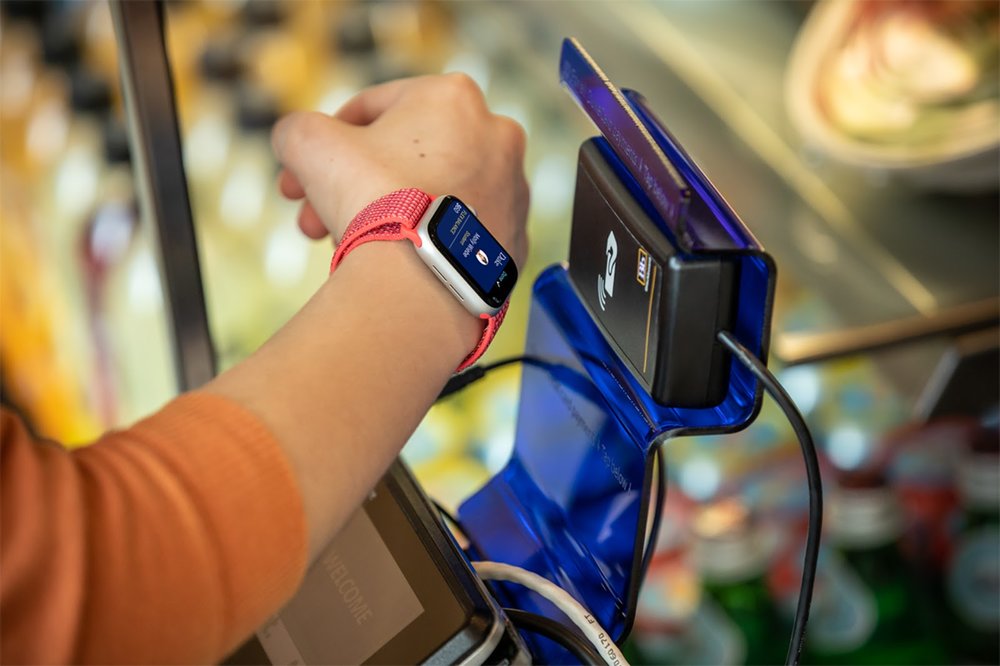
Digital wallets have promised a revolution in mobile payments since Google Wallet was released in 2011. Offering both convenience and novelty, digital wallets present a streamlined way to pay. Yet, most digital wallets have been through fits and starts (mostly fits) when it comes to adoption.
“Contactless payments” is the term many use to refer to transactions completed via device-based digital wallets (think: Apple Pay and Samsung Pay). These digital wallets use near field communication (NFC) technology to let users easily pay for purchases without fumbling with a physical wallet. Instead, a simple wave of a smartphone near a contactless reader transmits the data needed to complete a transaction.
Adoption Ebbs and Flows
While consumers have been slow to adopt digital wallets in the past, the tide seems to be turning. New features like Apple Pay Cash, a card that lives in the digital wallet app, enable peer-to-peer payments similar to Venmo. Usage of this new feature has ballooned with millions of users, leading those users to tap into other contactless payments methods as well.
Adoption by merchants is still a challenge, but as more and more consumers buy in, merchant interest is piquing. Bloomberg reports that well over half (60%) of U.S. merchants will be equipped to accept contactless payments from an iPhone by the end of 2018.
Beyond Payments: Adding Mobility
Some digital wallet providers aim to boost digital wallet users by offering capabilities beyond payments. Several universities, including Duke University and the University of Oklahoma, have allowed students to use contactless services as a form of identification. In lieu of an ID card, students can simply use their smartphones to gain access to events, dorms, and libraries, and pay for food and laundry on-campus. Contactless technology is also gaining traction in sports, to allow people to pay for snacks and merchandize at stadiums. Apple Pay alone is currently used at almost 50 big name sports arenas.
Mobility is a core benefit of the contactless movement. Everyday experiences have been transformed as physical wallets give way to “tap and go” technology. It is changing the way people engage with loyalty programs, gain admissions to games and shows, and ride the bus. What’s more, it guarantees an even higher level of security when paired with biometrics for authentication.
Higher Education 2.0
Higher education stands to benefit from contactless technology, in both payments and verification applications. Contactless student ID cards brings additional ease, convenience, and security to everyday transactions and experiences throughout campuses across the nation.
By offering digital ID cards to students, universities can provide easy access to dorms, gyms, dining halls, and other secured campus locations and events. Additionally, the same devices students use for access (e.g., smartphones, smartwatches), can be used to easily pay for essentials at different departments across campus: laundry, books, snacks and meals, and tuition.
Contactless technology enables universities and colleges to streamline security and payments campus-wide. They already serve a target market that is keen on new technology. As contactless continues to gain momentum among early adopter generations like millennials and Gen Z, it’s a shrewd move for higher educations to weave the technology throughout the fabric of campus living—with payments and beyond.
So, how do you take the next step in expanding contactless capabilities to streamline payments and more at your college or university? The answer is simple: let us do the heavy lifting.
Our specialty is working with innovative universities to create comprehensive and effective payments strategies that utilize optimal technologies. You shouldn’t have to make sacrifices to strategize and implement cost-effective and secure solutions, and we won’t ask you to.
Contact us today to learn more about our proven track record in higher education and let us craft a strategy that meets your unique business needs.




